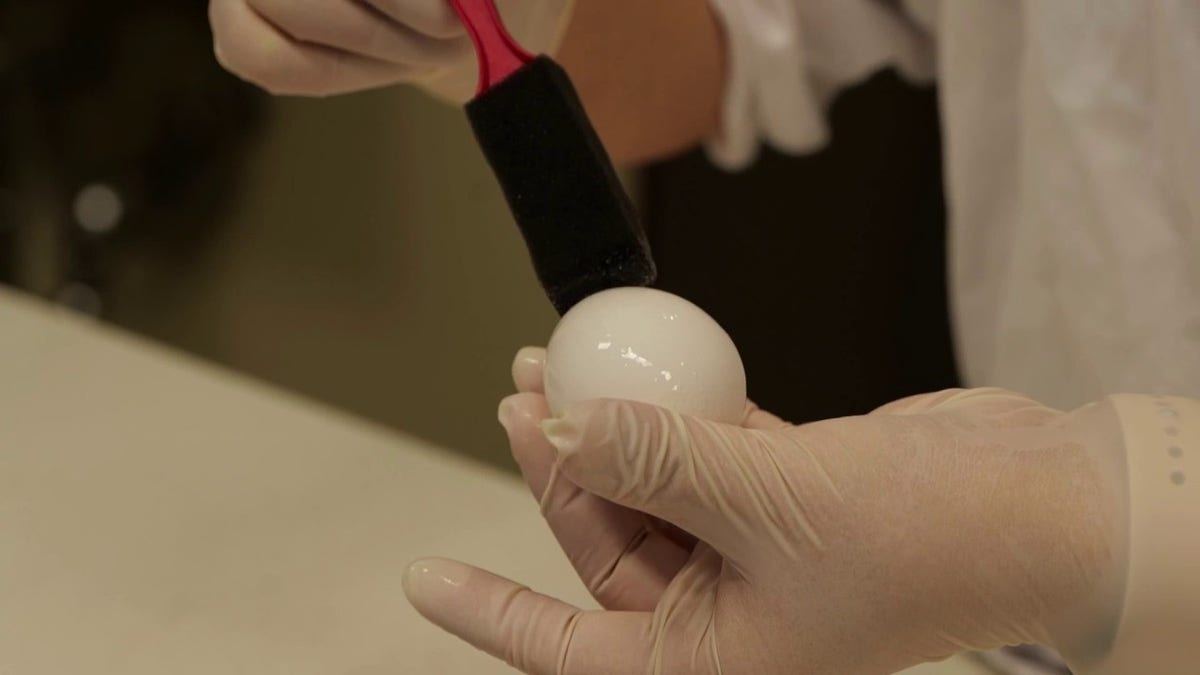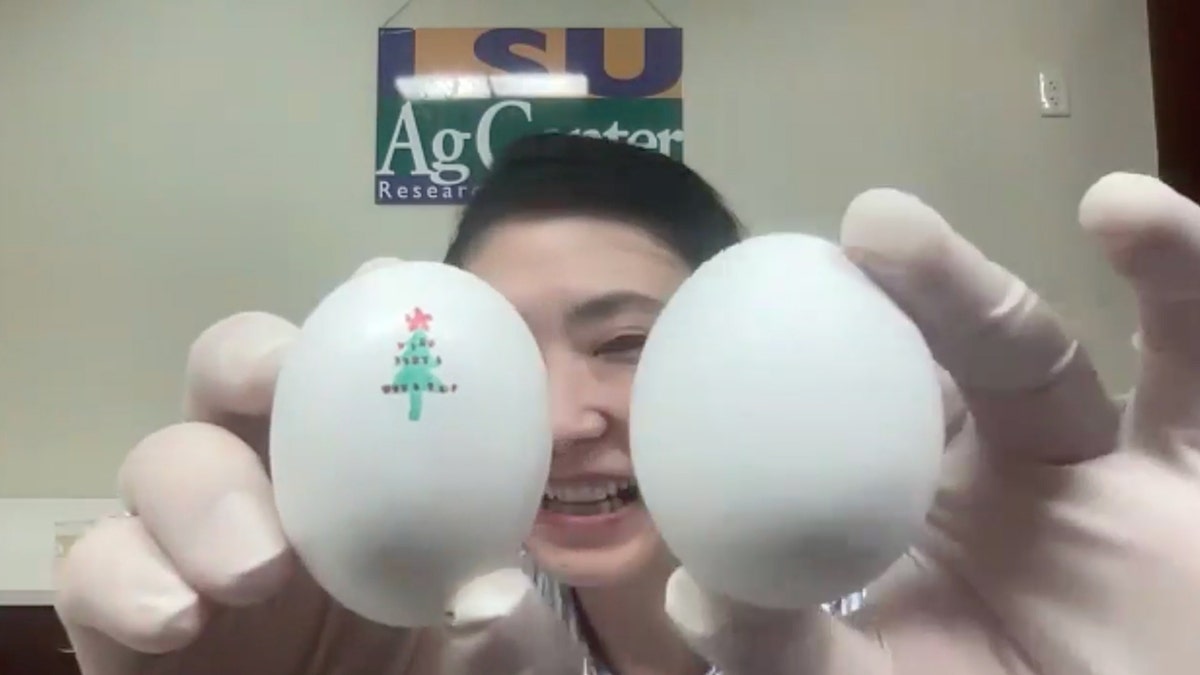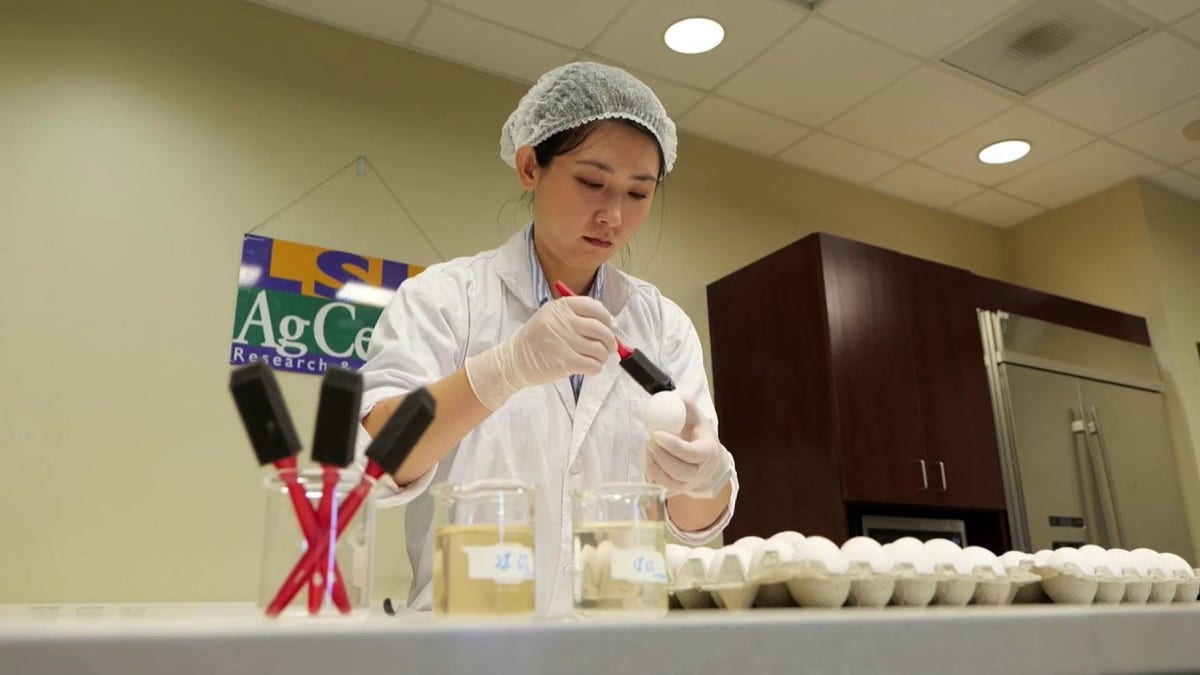Scientists at Louisiana State University (LSU) have unveiled a groundbreaking coating that could revolutionize egg storage. This innovative method promises to dramatically extend the shelf life of raw eggs, enhancing both safety and storage efficiency.
The patented technique employs a water-soluble chitosan, a substance derived from crustacean shells, to form a protective layer around the egg. This barrier combats moisture loss and bacterial contamination, two primary factors contributing to egg spoilage. According to LSU food scientist Yupeng Gao, eggs treated with this coating can remain fresh and safe to consume for up to seven weeks at room temperature, a significant improvement over the typical two to four weeks.

Chitosan is already utilized as a preservative for fruits and vegetables and in certain medications. However, traditional methods of applying chitosan involve dissolving it in acidic solutions like vinegar, a time-consuming process that also imparts a strong odor. LSU's novel approach utilizes a water-based dissolving process, reducing the preparation time to a mere 15 minutes and eliminating the unpleasant smell. This streamlined process offers substantial time and energy savings in the egg supply chain.

The enhanced barrier properties of the coating preserve egg quality and maintain a USDA "B" grade (edible) for an extended period. Importantly, this innovation does not imply that consumers should store eggs at room temperature indefinitely. The technology is still in its early stages and widespread adoption in commercial egg production is yet to be determined.

LSU's role is primarily research-focused. Commercialization and regulatory approvals will depend on partnerships with companies interested in bringing the technology to market. While the initial focus is on eggs, the coating has also shown promise in preserving other food items like chicken, catfish, and oysters, highlighting its versatile potential.
Comments(0)
Top Comments